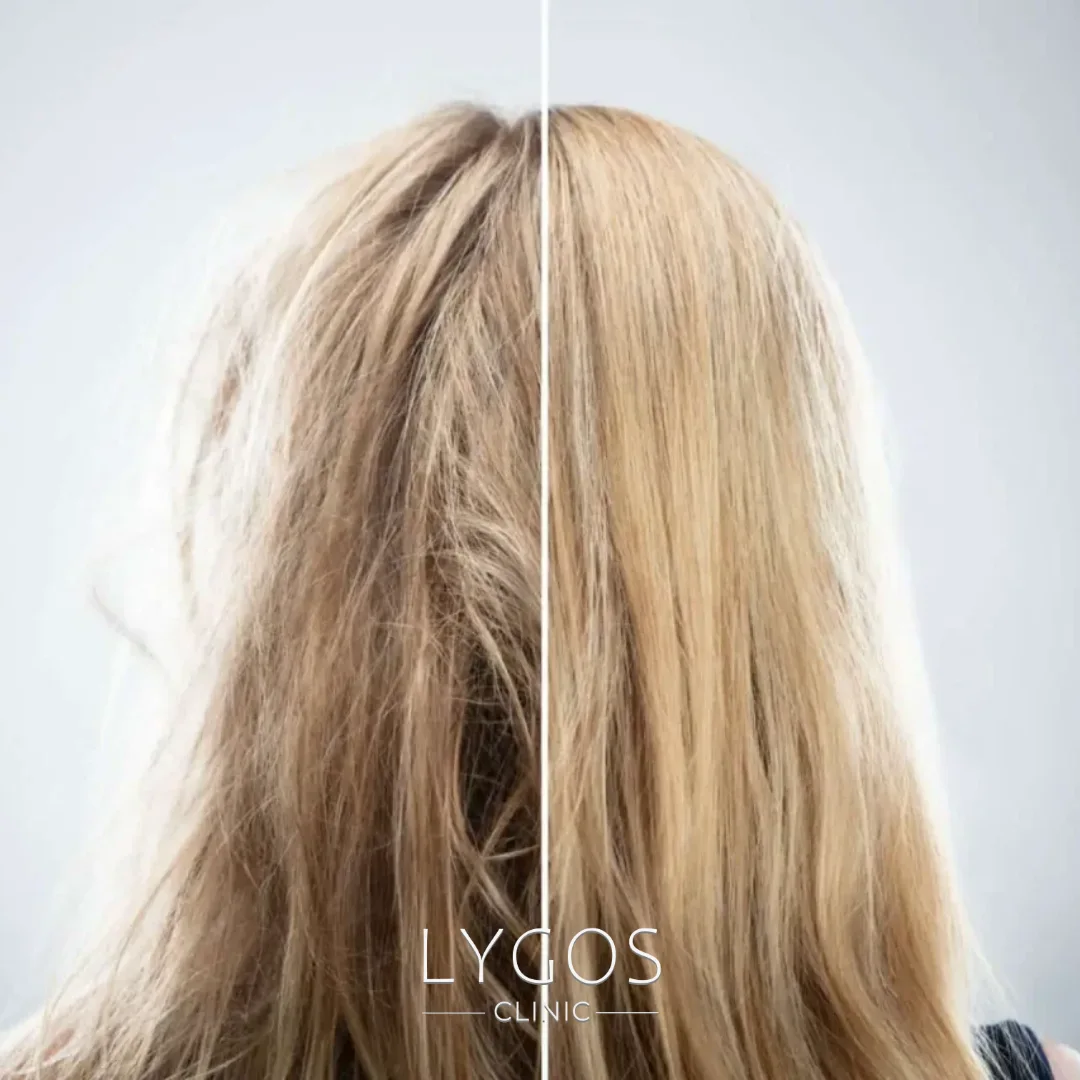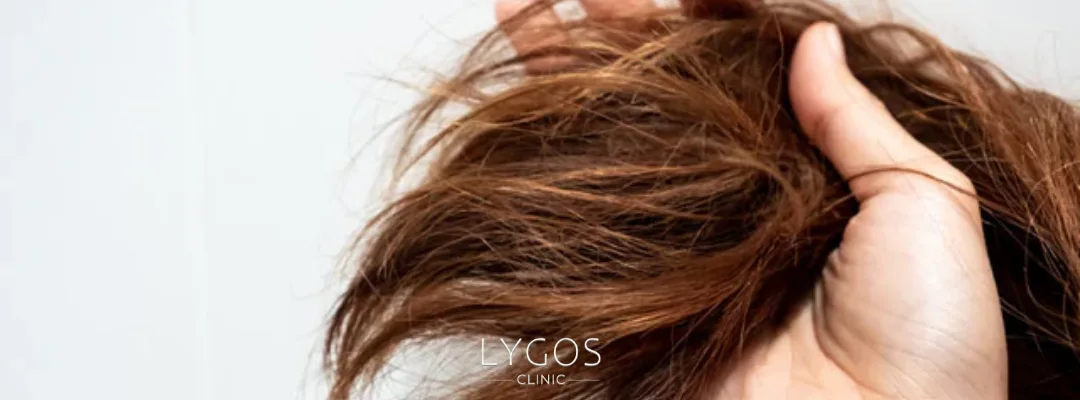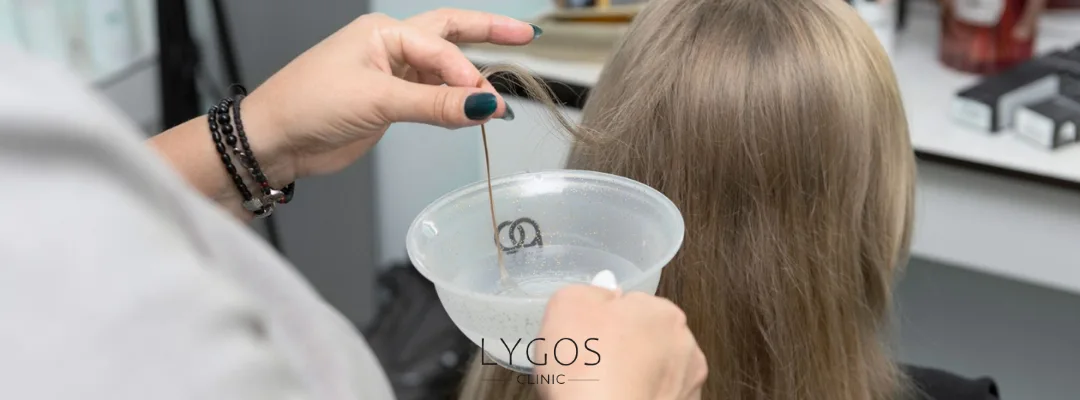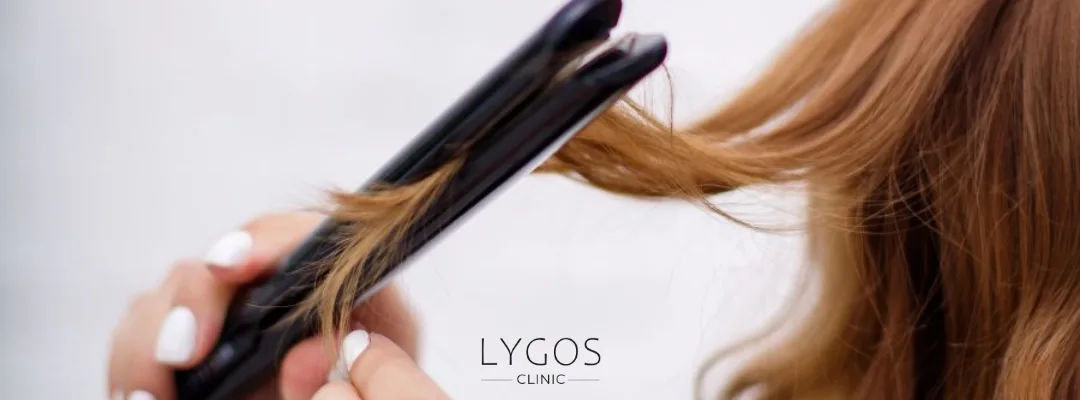What Is Hair Porosity? | How to Determine Hair Porosity?

Chose Your Topic
What Is Hair Porosity? How to Determine Hair Porosity?
One of the most frequently asked questions in hair care is why hair sometimes looks shiny and healthy, and other times looks dry and lifeless. One of the main reasons behind this is related to the hair’s ability to retain moisture. So, what is hair porosity? Hair porosity refers to the ability of hair strands to absorb and retain moisture. Knowing your hair’s porosity guides you in choosing the right products and planning your hair care routine. In this article, you’ll discover what hair porosity is, why it matters, its types, and how to care for your hair based on its porosity.

What Is Hair Porosity?
Understanding the structure of your hair is essential for choosing the right products and ensuring it looks healthy. At this point, one of the most important concepts is what is hair porosity? Hair porosity describes the ability of the hair strand to absorb and hold moisture. In other words, it determines how easily your hair absorbs or loses water, oils, and nutrients.
This characteristic can be determined genetically, but it can also change over time due to external factors, chemical treatments, or improper care.
Many people wonder why their hair dries so quickly, why some products don’t work, or why it constantly frizzes. The answer to all these questions lies in understanding hair porosity.
Why Is Hair Porosity Important?
Knowing your hair’s porosity allows you to personalize your hair care routine. Not every hair type responds the same way to the same product or treatment. For example:
- Low porosity hair absorbs moisture with difficulty.
- High porosity hair absorbs moisture quickly but loses it just as fast.
This is why hair porosity should be considered when selecting hair care products.
If you discover your own hair type by learning what is hair porosity, you can:
- Choose the right shampoo and conditioner.
- Use masks and oils effectively.
- Solve issues like frizz and dryness more easily.
- Help your hair look healthier, shinier, and more vibrant.
Types of Hair Porosity (Low, Medium, and High)
Hair porosity is generally categorized into three main groups: low, medium, and high porosity.
- 1. Low Porosity
In low-porosity hair, the cuticle layer is very tight. This makes it difficult for moisture to penetrate the hair. Moisturizing products often stay on the surface, making hair feel heavy.
- Signs:
- Water sits on the hair for a long time, dries slowly.
- Products stay on the surface and are not easily absorbed.
- Hair often looks shiny but may lack volume.
- 2. Medium Porosity
Medium-porosity hair is considered ideal. The cuticle layer is neither too tight nor too open. Moisture enters easily and stays inside longer.
- Signs:
- Hair is easy to care for.
- Products are absorbed well.
- Hair usually looks healthy, shiny, and easy to style.
- 3. High Porosity
In high-porosity hair, the cuticle layer is wide open. Hair absorbs water quickly but loses it just as fast. This is often seen in hair that has been dyed, chemically treated, or exposed to heat.
- Signs:
- Hair dries very quickly.
- Tends to frizz and develop static.
- Easily breaks and becomes damaged.

How to Determine Hair Porosity?
You can try a few simple tests at home to determine your hair’s porosity:
- Water Test: Place a clean hair strand into a glass of water.
- If it floats → low porosity
- If it stays in the middle → medium porosity
- If it sinks quickly → high porosity
- Product Absorption Test: Apply a moisturizing product to your hair.
- If absorbed quickly → high porosity
- If it stays on the surface for a while → low porosity
- Drying Time Test: After washing your hair:
- If it dries very quickly → high porosity
- If it takes a long time → low porosity
Hair Care Based on Porosity Types
To care for your hair properly, it’s essential to consider your hair’s porosity:
- For Low Porosity Hair:
- Use lightweight moisturizers.
- Try steam masks or hot towel treatments to help open cuticles and allow moisture in.
- Choose light oils like coconut oil.
- For Medium Porosity Hair:
- Regular maintenance is usually enough.
- Avoid excessive chemical treatments.
- Use a balance of moisturizing and protein-rich products.
- For High Porosity Hair:
- Use rich, moisturizing, and nourishing products.
- Seal the hair with heavier oils like shea butter or olive oil.
- Minimize heat styling.
- Use deep conditioning masks regularly.

Factors That Affect Hair Porosity
Hair porosity isn’t only determined by genetics. Several external factors can change the structure of your hair:
- Chemical treatments: Dyeing, perms, or bleaching increase porosity.
- Heat styling: Blow-drying, curling, and straightening open the cuticle, leading to high porosity.
- Environmental factors: Sun exposure, wind, and seawater dehydrate hair.
- Wrong product use: Products not suited for your hair type may weigh it down or dry it out further.
- Nutrition and health: Poor diet and vitamin deficiencies can also affect moisture retention.
Hair porosity is one of the key elements of hair care. The answer to “What is hair porosity?” is actually the key to understanding your hair’s needs. Low, medium, and high porosity hair types each require different care routines. Knowing your hair’s ability to retain moisture helps you select the right products and achieve healthier, more vibrant hair.
Remember: every hair type is unique, and with the right knowledge, it’s easier to bring out your hair’s natural beauty. If you often feel your hair is dry, frizzy, or unmanageable, the first thing you should do is determine your own hair porosity.
What Is Hair Porosity? Frequently Asked Questions (FAQ)
Hair porosity refers to the hair strand’s ability to absorb and retain moisture and nutrients. In other words, it determines how easily the hair takes in water, oils, and hair care products, and how long it can hold onto them.
The simplest method you can try at home is the water test. Drop a clean strand of your hair into a glass of water. If the hair stays on the surface, it has low porosity; if it stays in the middle, it has medium porosity; if it sinks to the bottom, it has high porosity.
Low hair porosity can indicate healthy hair because the cuticle layer is tightly packed. However, this hair type has difficulty absorbing moisture, so hair care products may not penetrate easily.
Yes, with regular moisturizing treatments, sealing the cuticle with heavier oils, reducing heat usage, and using protein-rich products, the appearance of high porosity hair can be improved.



